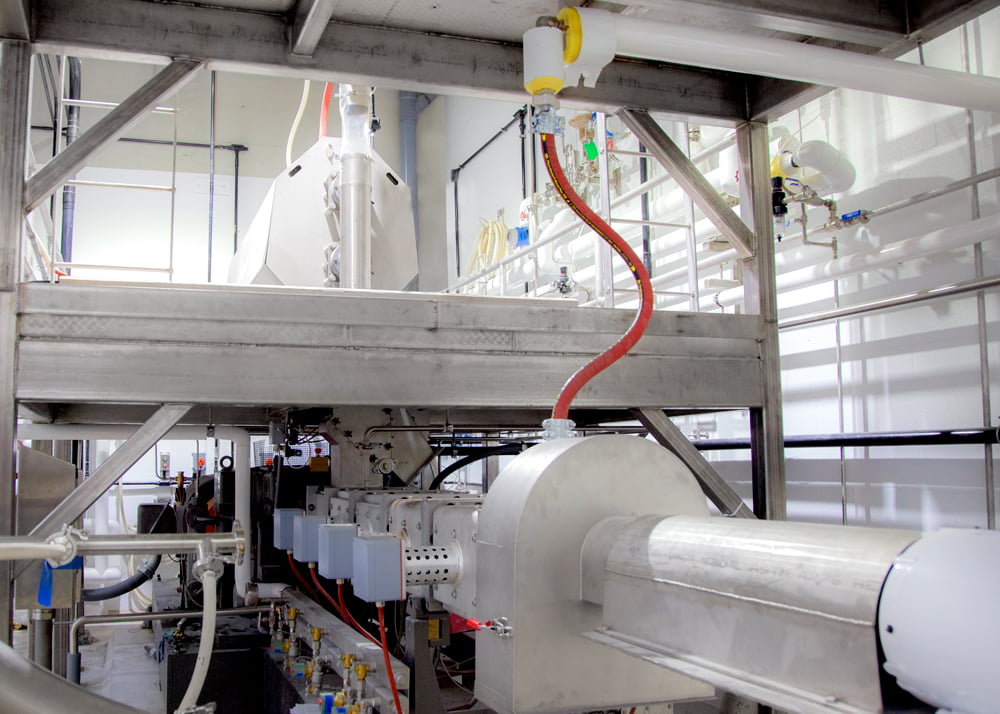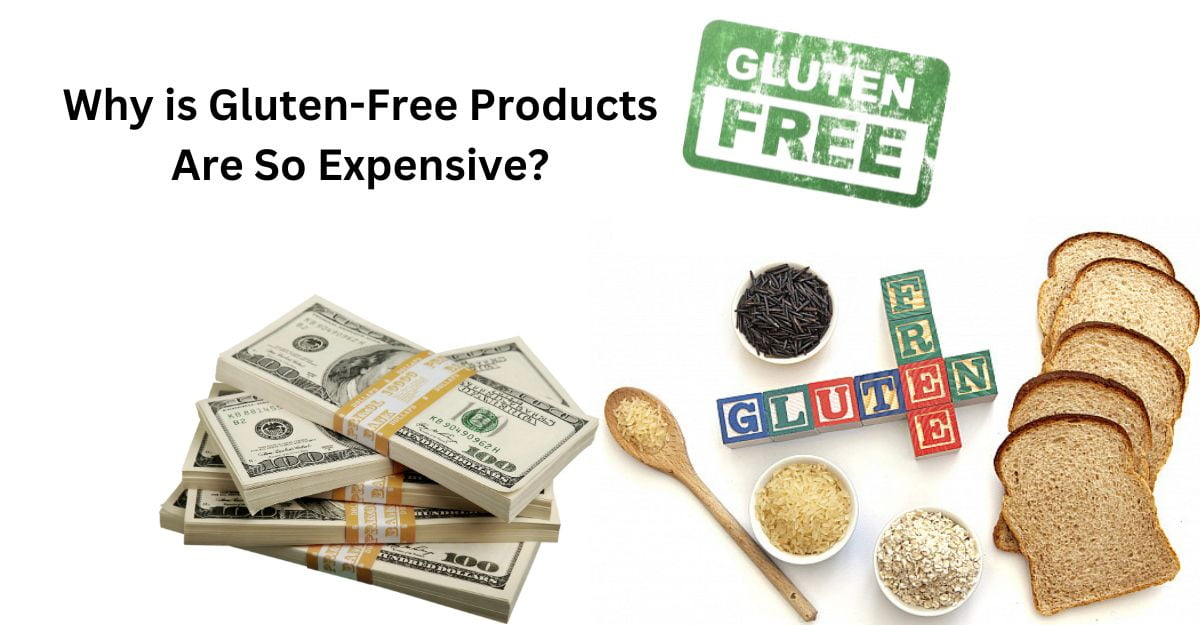The increased cost of many gluten-free alternatives can be a source of frustration for people who are required to follow a gluten-free diet due to medical reasons. It is certainly good to see the increase in specialty products that target the gluten-free market, ranging from breads and crackers to sweets and pizza. However, many customers find it difficult to afford the increased prices.
We’ll look at the main causes of the increased costs of gluten-free goods in this post. We’ll examine components such as The complexities involved in producing gluten-free cuisine, Inherently greater ingredient costs, Difficulties in attaining the right texture and flavor, The size of the manufacturers, The expenses and profits associated with marketing, Economics of supply and demand
Knowing these factors helps explain why gluten-free items frequently have higher price tags. Let’s examine what makes creating specialized gluten-free products more difficult and costly than creating regular wheat-based foods.

The Difficult Process of Eliminating Gluten
Think about the cost of formulating gluten-free goods to comprehend the difference in price between them and ordinary foods. The elimination of gluten poses numerous difficulties for food producers.
Bread and other baked items and other products contain gluten. It provides the structure for chewiness and elasticity for rising. It takes specialist component selection and in-depth formulation expertise to replicate these technical features without gluten.
Manufacturers need to consult professionals in food science to thoroughly test and adjust recipes. Eggs, tapioca, guar gum, xanthan gum, and other ingredients work as substitute binders and structure builders. However, it’s difficult to balance texture and taste. Expensive trial and error is typical.
It’s particularly difficult to recreate the flavor and light texture of wheat loaves without gluten when it comes to bread. Finding the ideal formula may require dozens or even hundreds of test batches. The expense of all this formulation work will eventually rise. The final product’s price premium is paid by the consumer.
Employing Specialty & Premium Ingredients
Manufacturers producing gluten-free products need to source from a certain subset of quality ingredients in addition to doing extensive R&D. Due to the prohibition of things like ordinary flour and wheat starches, people instead buy more expensive gluten-free whole grains, flour, and starches.
In gluten-free baking, beans, lentils, quinoa, buckwheat, rice flour, tapioca, and potato starches are frequently used. These are intrinsically more expensive as raw ingredients than regular wheat flour.
Superfoods that are high in nutrients can be added to recipes by certain gluten-free manufacturers. Hemp, flax, and chia seeds are good sources of additional protein and fiber. These are still specialist components that are more expensive than regular wheat flour.
Input expenses mount up due to the greater cost of procuring nutrient-boosting superfood add-ins and gluten-free grains/flours. And the final retail pricing that customers see on store shelves is determined by factoring in these additional ingredient costs.

Large-Scale Food Manufacturing’s Power
Apart from the inherent production and ingredient challenges associated with gluten-free products, the companies producing them are typically smaller niche players. This restricts their capacity to benefit from the extensive supply chain advantages that help large, international food companies reduce costs.
Due to their massive purchasing power and distribution network, major packaged food firms like General Mills, PepsiCo, and ConAgra can purchase ingredients at extremely low prices. They disperse the cost of production lines and pricey machinery over billions of dollars worth of manufactured goods.
However, the great majority of gluten-free businesses are still privately held, niche businesses. The economies of scale from billion-dollar product portfolios are absent from them. In the absence of extensive industrial infrastructure and retail distribution power, expenses continue to rise, maintaining high prices.
Marketing Is Important: Creating Gluten-Free Brands Is Expensive
Furthermore, the amount of marketing and advertising work that emerging gluten-free firms that are competing for consumers must undertake cannot be understated. In today’s fragmented media world, building exposure and consumer trust is not inexpensive.
Creating digital content and negotiating partnerships with merchants to secure premium shelf space are only two ways that creating consumer awareness demands significant marketing expenditures. These additional charges are a part of the overhead that results in higher asking prices.
Moreover, the majority of gluten-free companies continue to focus on growing their customer base and are in a growth mode. Many run at a loss, ready to give up short-term earnings in exchange for market share. As businesses grow, some price power eventually shows up. However, growth initiatives have actual expenses in the early going that affect final prices.
Imbalances in Supply and Demand in Basic Economics
And last, simple supply and demand economics also explains the noticeably higher price points of gluten-free items. More specifically, supply chain capacity has not kept up with the brisk increase in customer demand. Growing interest has outpaced production and delivery.
Higher equilibrium price points are the result of fundamental economics when demand consistently exceeds supply. Businesses can charge premium rates because they know that the addressable consumer base significantly outnumbers the inventory on hand, at least until manufacturing output catches up with buyer hunger.
Fortunately, the demand for gluten-free products is growing quickly on a global scale. Forecasts indicate that the sector will almost triple in size from 2018 to 2026, reaching around $7 billion globally.
Manufacturers should be encouraged to scale up to maximize profits from a wider range of output levels through continuous growth. As capacity increases, this can progressively raise supply levels and lessen upward pricing pressure.
But for the time being, simple supply and demand imbalances allow gluten-free retailers to maintain premium price points across channels, despite the high overhead costs required.
Certifications
Until a gluten-free product receives official certification, it cannot be referred to as gluten-free. Additionally, to ensure that the gluten content of their products is less than 20 parts per million, manufacturers must renew their certificates annually. Additionally, the manufacturer must receive certifications from any of the five organizations listed below if it is situated in the United States.

- Organization for Gluten-Free Certification (GFCO)
- The National Institute of Celiac Disease Awareness The NFCA, or Gluten-Free Certification Program
- The Services for International Certification (ICS)
- The Gluten-Free Standards Organization (GFSA) and the Celiac Sprue Association Seal of Recognition (CSA)
- The certification fees charged by these organizations range from $500 to $5,000, contingent upon the manufacturer’s size and volume of production.
Wrapping Up
In summary, creating tasty gluten-free food recipes calls for a lot of R&D testing iterations and specific ingredients, which are naturally more expensive than wheat flour. Add to that smaller producers who lack the marketing funds and large business size necessary to raise public awareness. And lastly, consider simple economics where supply and demand for these goods are greatly out of balance.
When taken as a whole, these facts explain the ideal storm that drives up prices throughout the flourishing gluten-free market. However, there are benefits for people who follow a gluten-free diet. Avoid overly processed foods in particular and spend your money on high-quality, naturally gluten-free whole foods like fruits, vegetables, dairy, and legumes. They are incredibly nutritious without the exorbitant markups.
Related Posts

I’m Neasa Miller, a professional dietitian with 5 years of experience. I founded glutenfreelifestyles.org to assist people online in embracing gluten-free living. Read more about me
